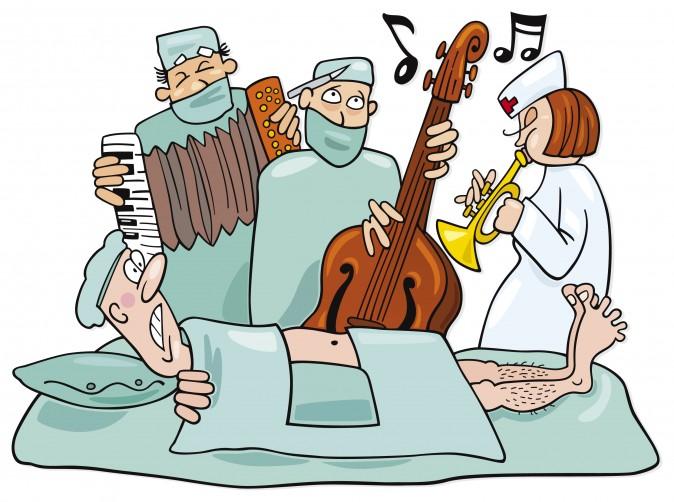There’s not a lot of great data out there on what kinds of coincidences happen to people, mostly because the stories are often so singular as to be hard to quantify. But David Spiegelhalter, the Winton professor for the public understanding of risk at the University of Cambridge, collects coincidence stories, and has now shared the initial results with me.
Here’s a map Quid made of the full data set:
The Top Coincidence Themes and Their Connections

Quid




